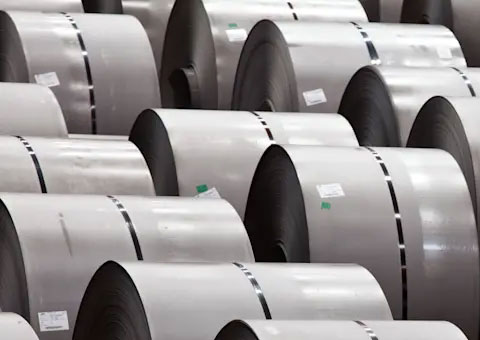Iron ore prices have fallen sharply since early November 2025. January futures on the Dalian Commodity Exchange for the period October 31–November 10 fell by 4.4% to 765 yuan per ton ($107.4/t), while December contracts on the Singapore Exchange fell by 4% to $102/t.
The first days of the month were marked by a gradual decline in prices. The main pressure on the market was created by environmental restrictions in Chinese regions and weak demand for steel. An additional negative factor was the losses of steel mills, which led to planned shutdowns of some capacities in Shanxi.
From the middle of the week, market sentiment was influenced by reports of a continuation of the «tariff truce» between China and the US. This somewhat eased the pressure on commodity assets, but did not cause a significant turnaround – investors remained cautious due to weak domestic demand for steel. Data on a decline in apparent steel consumption and a third increase in coke prices heightened concerns about producers’ margins.
On November 7, prices fell sharply after the release of China’s customs statistics. Steel exports in October fell by 6.5% month-on-month, while iron ore imports fell by 4.3% month-on-month. At the same time, stocks in ports continued to grow as supplies from Australia and Brazil remained high. Excess supply and a slowdown in purchases by Chinese mills increased pressure on the market.
At the end of the period, on November 10, the situation stabilized somewhat. A slight recovery in prices was supported by news of limited maintenance work at Chinese plants and a symbolic event – the expected participation of Chinese Vice Premier Liu He in the launch ceremony of the Simandou project in Guinea, which is seen as a strategic source of long-term ore supplies for China. This contributed to a short-term improvement in investor sentiment.
Overall, during the first ten days of November, the iron ore market remained under pressure from excess inventories, low margins for metallurgists, and weak demand.
In the short term, prices are likely to remain close to current levels or fluctuate within the range of $100-110/t. Further dynamics will depend on the pace of inventory reduction in ports and the production policy of Chinese plants ahead of the winter period.

